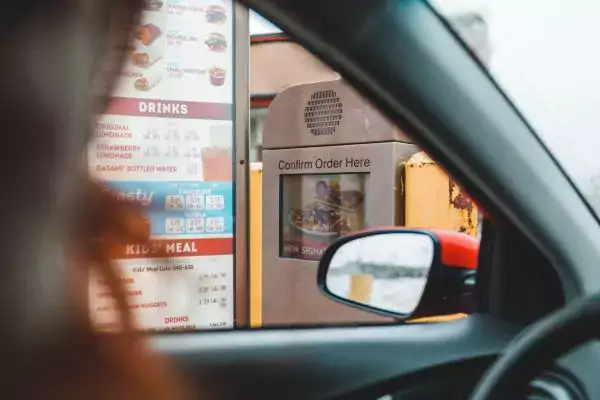Photo by Jonathan Haeber, on Flickr
Bowling is one of those versatile activities that could be at the center of a child’s birthday party, a corporate team-building event, a first date, or a professional competition. There’s something uniquely American about renting a pair of shoes and hurling a 10-pound ball to knock over some objects.
So, why are more and more bowling alleys closing?
"It's a different business than when I ran centers in the 1970s," Sandy Hansell, a former bowling alley proprietor, told USA Today. "In those days, the business was built around leagues. Those days are gone."
Bowling alley growth peaked in the mid-1960s and revenues were driven primarily by league membership. Many leagues centered around the blue collar workplace. Today, however, more young adults have white collar jobs than blue collar jobs, so league membership is down.
We’ve talked about the upscaling of restaurants, airports and hotels across America. It seems that the new American dream is the paradox of “affordable luxury.” A night out on the town is something everyone can afford. It seems like AMF Bowling got the hint with this commercial:
Today, traditional bowling alleys are competing with hybrid bowling/billiard room/shuffleboard room/arcade venues. Dave & Buster’s readily comes to mind, and USA Today points to a similar concept in Punch Bowl Social in Detroit, which also offers a karaoke bar and a full sit-down restaurant.
As one 23-year-old patron put it, “I don't like the old-time bowling alleys. They kind of smell."
You know what’s synonymous with things that smell? Things that break!
The good news is that the fundamentals of bowling alley maintenance have not changed much in the last 50 years, according to Tom Schemm, owner of Schemm Bowling Inc.
Here are the top five perennial bowling alley problems and how to fix them:
- Balls that wind up in the gutter - Lanes should be sanded, smoothed, and kept dry and level. After the lanes are dry, they are treated with a combination of base coats, top coats and sealers.
- Bowling balls that don’t return – The ball return is a system of conveyor belts and steel rails that need to be serviced and cleaned regularly.
- Pins that aren’t reset when knocked over – Pinsetters need to be cleaned daily and their mechanical parts should be wiped down at least once per week.
- Glitchy computers – Computer support is usually the scoring system’s area of expertise. However, maintenance staff should be prepared to replace a broken monitor if needed.
- Yucky bowling balls and dirty-looking pins – Bowling alleys are meant to “pop” visually. Pins should be on a rotating schedule and stored in a cool, dry place. Bowling balls should be regularly wiped and polished.
All of these issues have something in common: consistency. Bowling is a game of wear and tear. Things will break, putting the new hybrid bowling alleys and old-time alleys on an even playing field when it comes to operations.
The Final Frame
Bowling remains a $6 billion industry in the U.S., according to the USA Today report. Bowling alleys don’t need to operate an indoor amusement park to offer something that will get customers in the door. However, they should look to carve out a niche.
For instance, The Gutter in Williamsburg, Brooklyn, brands itself “a bar with a bowling alley” and caters exclusively to an adult crowd. Pinz in Los Angeles caters to a younger crowd by offering roller lights, pins that glow in the dark ,and a state-of-the-art sound system.
Don’t be afraid to innovate, but be consistent with maintenance to deliver a satisfactory customer experience.
Subscribe to our blog
You are now subscribed!


